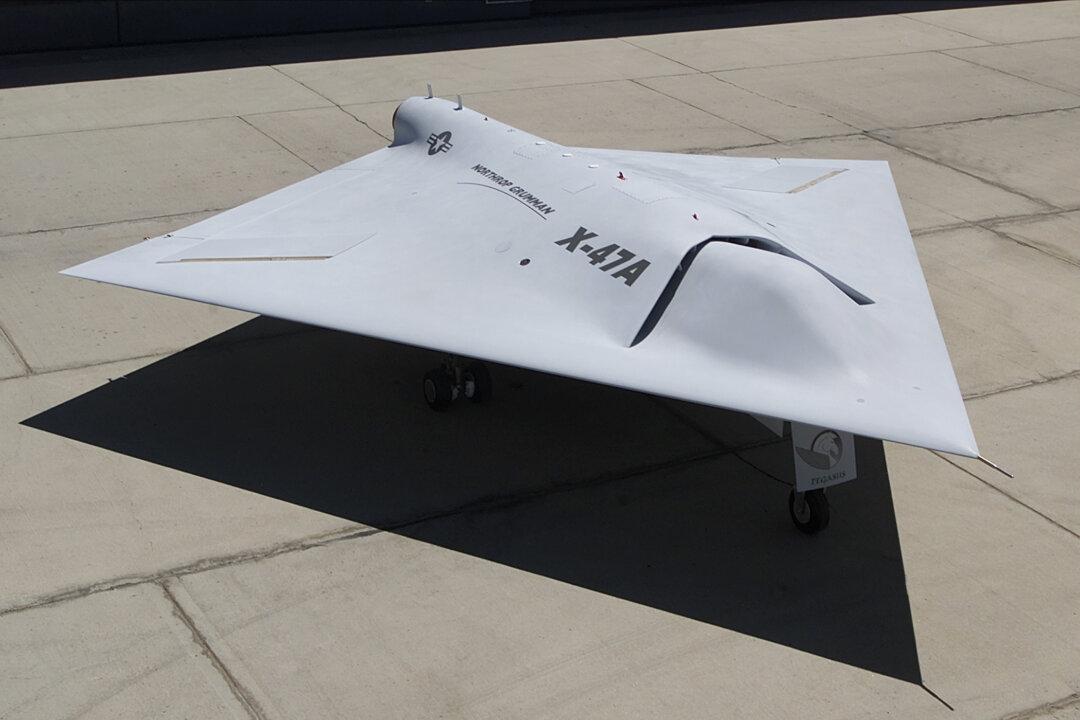Chinese researchers say that they’ve built a prototype hypersonic flight engine based on a NASA design that was scrapped more than two decades ago.
The development comes months after the Chinese regime tested a nuclear-capable hypersonic missile that reportedly took U.S. intelligence by surprise.




